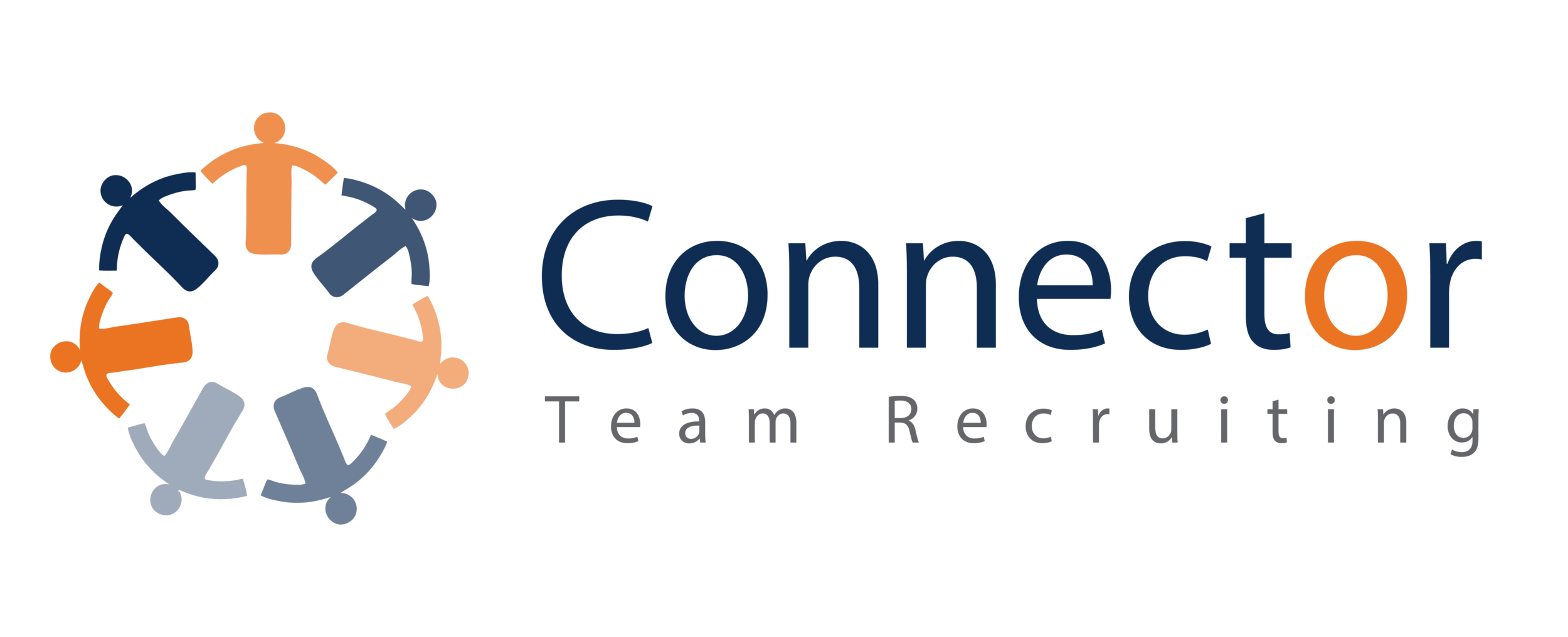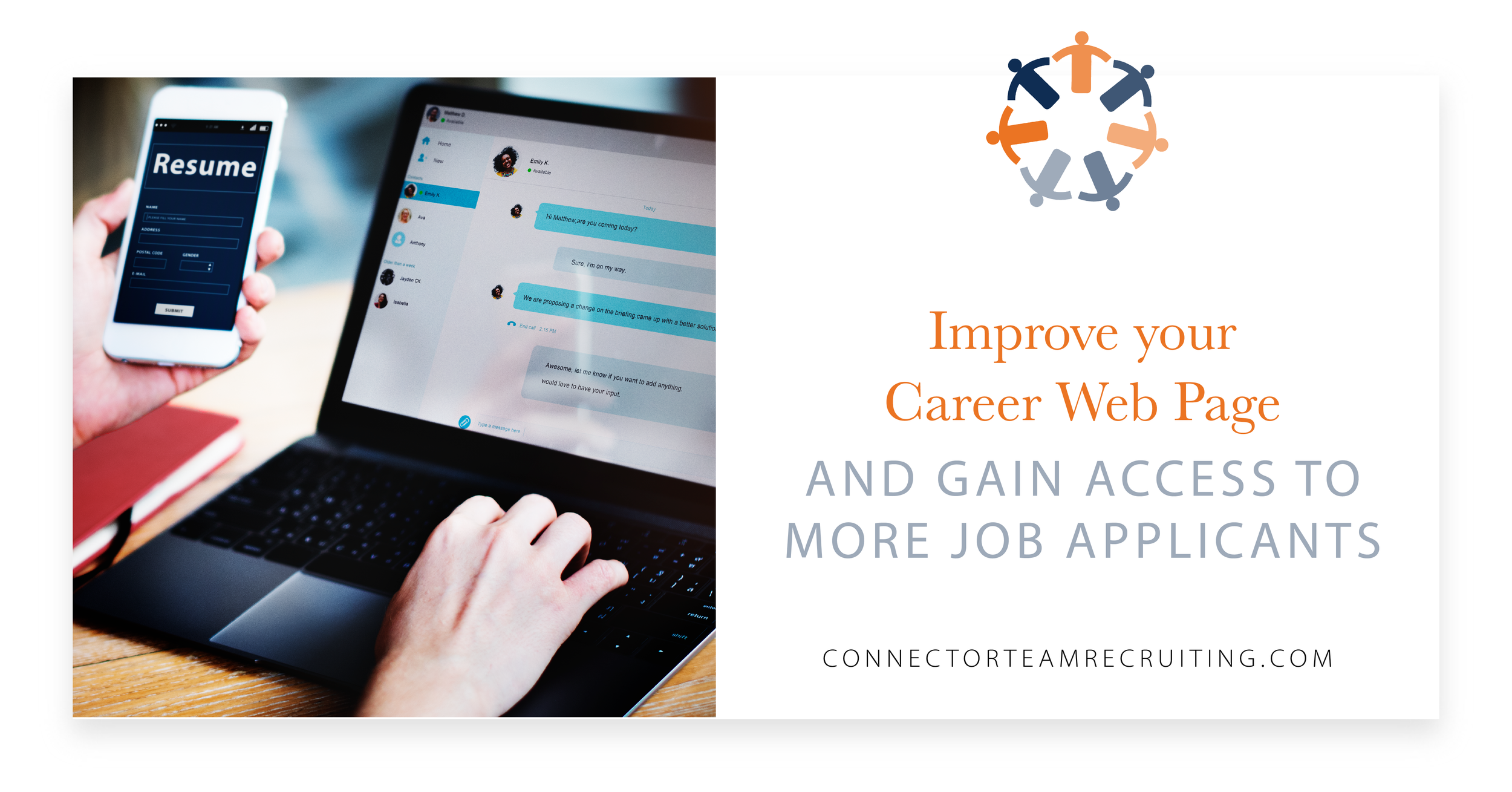Over the past couple of months, I continue to look for creative ways to help our clients find more talent in a very tight employment market. Many of the calls I receive are for entry level wholesale, retail or business development roles. I wish I could tell you it’s going to get better sometime soon however, statistics suggest otherwise.
I believe many Owners, Executives and hiring authorities across the highly specialized Furniture and Big-Ticket industry channels appear to have some bias towards hiring candidates without specific and or direct experience within our industry. This is not without merit, since we all would all love to check off every box to meet all the requirements for a job description.
I think in today’s hiring climate that needs to be revisited. More emphasis on identifying core competencies and traits and history in top performers can lead us to a larger pool of talent. We need to attract people into the Furniture industry. I fell into our industry by chance when I was a working college student many years ago. I fell in love with the industry and I never looked back.
There are some companies that understand that Sales and Customer Engagement are key to the front line and back office roles and they have figured out the formula. They are looking outside our industry to find applicable transferable skills and the result is they are expanding their pool of candidates to choose from and finding some hidden gem talent from other retail, wholesale and service channels.
In a competitive labor market, we suggest you look for transferable skills and applicable expertise and then outline them with your team so you can clearly identify these traits in the interview process and apply them to each position.
According to a study by FORTUNE the Unfilled jobs cost the U.S. economy $160 billion a year. Instead of “trying to take the risk out of hiring by looking only at people with a specific set of skills and experience,” he says, “we’re seeing more employers — including big ones like Procter & Gamble and Accenture, who have operated this way for a long time — first assessing candidates’ attitudes and behaviors to find the right ‘fit’ and then training them for the available jobs.”
Those companies look carefully at the traits of their current, proven top performers, then come up with a profile of who is most likely to succeed, and hire people who match the profile, even if their skills and experience aren’t ideal. Says D’Arcy, “It takes a willingness to make a long-term investment in creating your own internal talent pool.”
Sheer frustration with the lack of perfect candidates will drive more employers to go this route, he adds. “Most organizations today still use the same rigid approach to hire that just doesn’t work anymore, and inventing what comes next is hard,” he says. “But I think we’re seeing the beginning of a trend.”
So, you can see where we are going with this trend and recommendation.
Here is a how-to guide on assessing candidates with transferable skills, but no industry experience:
Employers by and large concur: When it comes to hiring, an ideal candidate is one with experience. However, there's something else business owners also agree upon - experience isn't everything, especially when job candidates bring other desirable qualities to the table.
According to findings from the 2018 MRINetwork Performance Management Study, close to 80 percent of employer respondents either somewhat agree or strongly agreed with the statement that they're more likely to extend job offers to people with transferable skills, but who lack industry experience due to increased difficulty finding qualified talent.
Interestingly, however, candidates aren't always aware of employers' flexibility. Just 50 percent of respondents somewhat or strongly agreed that companies seriously consider applicants with tangible skills, but who lack industry experience.
This is a key finding for employers to recognize, one that they may consider factoring into how they advertise job openings, so candidates are fully aware.
That being said, candidates don't always mention transferable skills on resumes or in interviews. Thus, businesses must endeavor to identify them during the hiring process.
Here are a few tips that can help you assess inexperienced job candidates whose marketable skills could make them the ideal people to fill open positions:
1. LOOK FOR SIGNS OF ENTHUSIASM
Enthusiastic employees are engaged employees. When workers are excited about the job functions they serve, they're more likely to perform well because they're eager to learn, improve and achieve results. Try to spot evidence of potential workers' passion for previous work, as well as for the job to which they're applying. This may be found in their resumes, such as if they were ever "Employee of the Month," but also in the interview itself.
2. CONSIDER PRE-SCREENING
The interview is only a small moment in time that provides a snapshot of what candidates are like and can offer. It can be difficult to identify all their transferable skills inside of 30 to 60 minutes. You may want to pre-screen them, so you have an idea of what they're like before they arrive. Social media can provide a sneak peek into their backstory. In a recent poll conducted by CareerBuilder, nearly 60 percent of employers who acknowledged using social networking for researching job candidates did so to better identify their qualifications. Fifty percent said they also used Twitter and Facebook to get a sense of their level of professionalism.
3. SEEK MANIFESTATIONS OF POTENTIAL
Hiring solely based on experience can be tricky because it's not necessarily indicative of how well applicants will perform in the short-term, or the long-term. They may lack the temperament or desire to take their talents to new heights.
The ideal is a combination of both, noted Johansson Consulting CEO Anna Johansson. Writing in the Huffington Post, Johansson stated that potential is particularly worthwhile, because it's more inclusive and broadens the pool of prospective hires. It also makes the hiring process in general less taxing.
"It's a lot easier to find and hire a candidate who has potential than to track down someone who has years of experience and is available for hiring," Johansson wrote. "A business is also much less likely to overrate potential than experience...which has become a problem over the years."
How do you spot it? Experts say potential is manifested through indications of enthusiasm, such as curiosity, inquisitiveness, determination, insight and emotional intelligence. Asking probing questions can draw these qualities out.
No candidate is perfect, nor is any hiring method. However, being more open-minded and evaluating applicants beyond credentials and specific industry experience, can help employers’ home in on the right person whose transferable skills can have a huge impact within the company.
4. LOOK FOR SUCCESSFUL TRAITS IN YOUR CURRENT TOP PERFORMERS
Look at your existing top performers in each functional area. No successful top performer has the perfect ideal background; however, I think you may find some things in existing employee’s backgrounds that may present a guidepost or light bulb moment. Was it running a family business at an early age, working through college and balancing the book work with the real work?
Go back to the pre-screening bullet and you can discover much more about people today by just looking at social media and their background beyond the resume that may be in front of you.
5. INTERVIEWING GUIDE TO FINDING MATCHING TRAITS
Here is a great interviewing question to ask as an interview starter. Asking this basic top grading question - “take me back to your High School days and bring me forward with your career history”.
What better way to make sure that the candidate does the majority of talking, this gives you an opportunity to sit back and see how they communicate.
A top candidate can remember details and can move forward and do it within 5-10 minutes. During this time, you’ll discover a literal treasure trove of information. This typically will include information about the candidate’s work history, and it could uncover those traits you feel align with other successful people within your organization.
This is a great way to test cognitive ability without a personality test by just having them answer this question. If someone cannot present a road map and present a coherent career history, how do they know where they should go in their employment quest.
So, there you have it, some ideas, tips and other tools to apply to capture more talent that is out there within your reach.
I believe we never can stop learning and growing. If you have a favorite type of hiring tip you would like to share, please send me a note. bill@connectorteamrecruiting.com
Blog Post by: Bill O’Malley, Chief Recruiting Officer at Connector Team Recruiting. Connector Team is recognized by leaders and leading consultants as the premier search firm in the Furniture | Appliance and Sleep vertical space. Connector Team is an affiliate office of MRINETWORK recently ranked in 2019 as a Top Recruitment Firm by Forbes Magazine.














